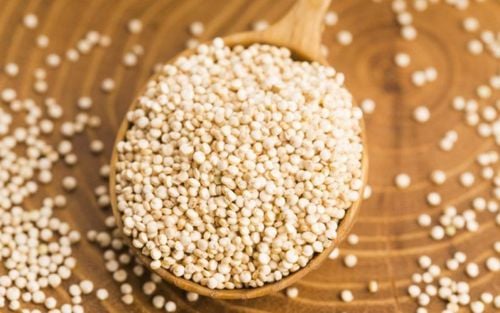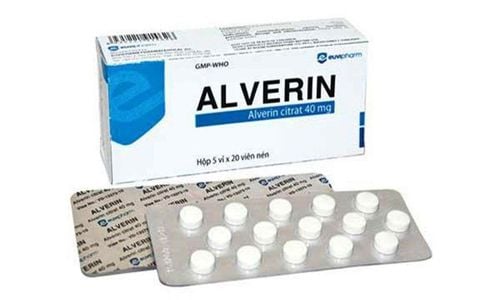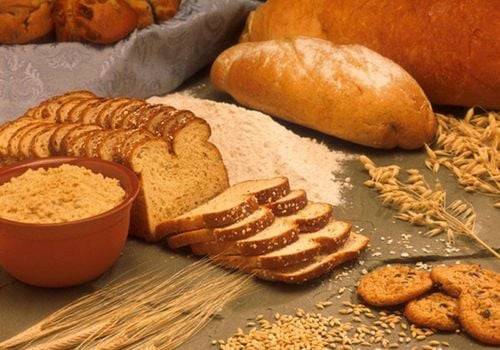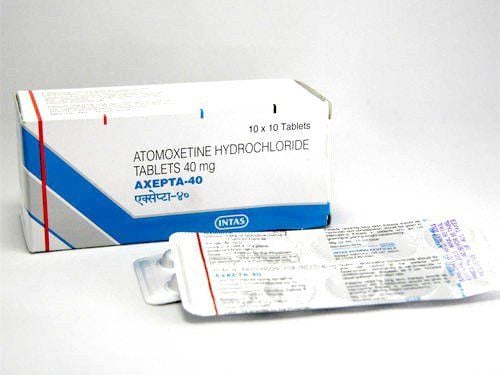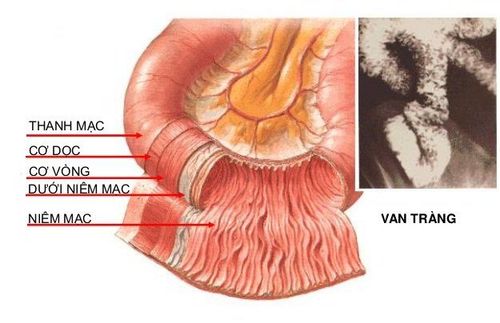This is an automatically translated article.
Quinoa has been shown to be gluten-free, so it should be used in the gluten-intolerant diet to increase its nutritional and antioxidant value. In addition, it also helps with weight loss, which is beneficial for diabetes by helping to control blood sugar, cholesterol and triglyceride levels.
1. What is quinoa? Quinoa (Chenopodium quinoa) is a flat, oval-shaped seed that is usually pale yellow, pink, black, and has a taste that varies from bitter to sweet.
Quinoa has a high nutrient content, it is also gluten-free, so it is often used by people with Celiac disease.
Quinoa contains more protein, antioxidants, minerals and fiber than other grains. There's a lot of evidence that it can help control blood sugar in people with diabetes.
Quinoa has a crispy texture and nutty flavor that is often boiled or added to salads, used to thicken soups, and can also be prepared as a side dish or breakfast porridge. Seeds can be pureed as a powder to cook for babies.
Although processed and consumed as a grain, quinoa is not classified as a grain.
In 2013, the United Nations declared it the “international year of quinoa” because of its potential to contribute to food security worldwide.
2. Nutritional composition of quinoa? Quinoa is an important part of the South American diet. During the Inca era, people called quinoa "the mother of all grains". Quinoa grows in the Andes and is capable of surviving in extreme conditions. Quinoa has more than 120 varieties, the most popular and widely sold are white, red, and black quinoa.
Nutrition facts in 100g of cooked quinoa include:
Calories: 120 Water: 72% Protein: 4.4 grams Carbs: 21.3 grams Sugar: 0.9 grams Fiber: 2.8 grams Fat: 1 ,9 grams of Protein: Quinoa is a source of high-quality protein because it contains all the essential amino acids, especially lysine, an amino acid often lacking in plants. Quinoa does not contain gluten, so it is suitable for people with Celiac disease.
Carbs: The carbs in cooked quinoa account for 21%, similar to barley and rice, of which about 83% of the carbs are starch, the rest is mainly fiber, a small amount of sugar (4 %) such as maltose, galactose and ribose. Quinoa has a relatively low glycemic index (GI) of 53, so it does not cause a sudden increase in blood sugar, suitable for people with diabetes.
Fiber: Insoluble fiber makes up 80-90% of total fiber, which is associated with a reduced risk of diabetes and intestinal diseases.
Fat: A 100g serving of cooked quinoa provides about 2g of fat. Similar to other grains, quinoa fats are mainly composed of palmitic acid, oleic acid, and linoleic acid.
Vitamins and minerals: Quinoa is a rich source of antioxidants and minerals. The main vitamins and minerals in quinoa include manganese, phosphorus, copper, folate, iron, magnesium, and zinc, which contain more magnesium, iron, fiber and zinc than common grains.
Other Plant Compounds: Quinoa contains many plant compounds that contribute to its distinct flavor and health benefits. Those compounds include:
Saponins: Saponins have a bitter taste that helps protect quinoa seeds against insects and other threats, this bitterness can be removed through soaking, washing, or roasting before cooking . Quercetin: Helps protect against various diseases such as cardiovascular disease, osteoporosis and some forms of cancer. Kaempferol: Reduces the risk of chronic diseases, including cancer. Squalene: Acts as an antioxidant in the body. Phytic Acid: Reduces absorption of minerals such as iron and zinc, which can be removed by soaking or sprouting quinoa before cooking. Oxalate: May bind to calcium, reducing calcium absorption and increasing the risk of kidney stone formation in susceptible individuals.
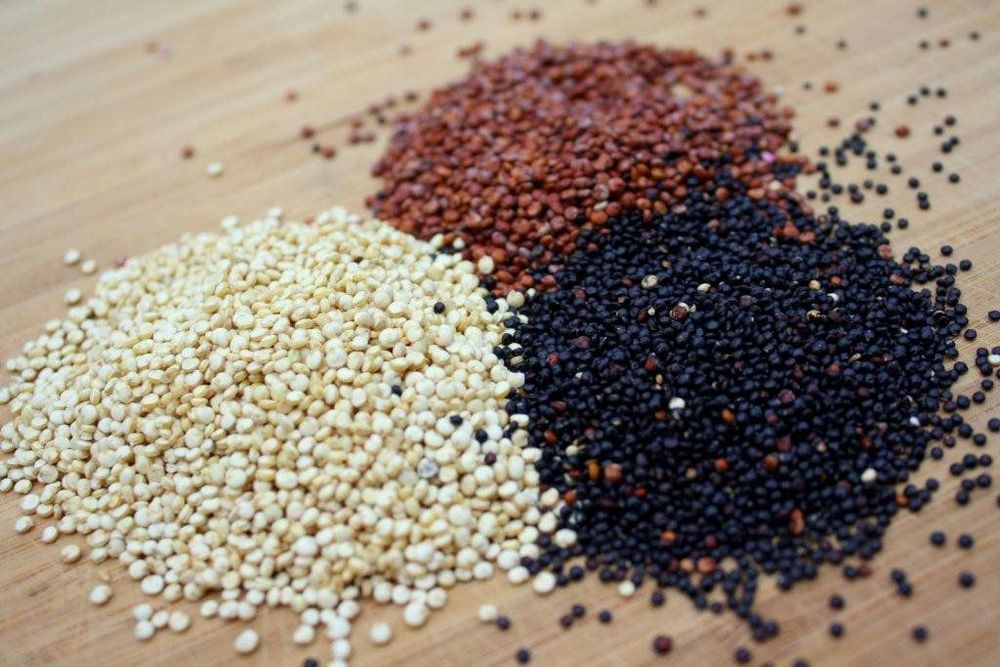
Hạt diêm mạch là một phần quan trọng trong chế độ ăn uống của người dân Nam Mỹ
3. Are quinoa good? 3.1. Supporting People with Celiac Disease As a gluten-free food, quinoa is suitable for people who are intolerant or allergic to gluten, such as those with celiac disease.
Using quinoa in a gluten-free diet, instead of other common gluten-free foods, significantly increases the nutritional and antioxidant value of the diet.
3.2. Supports Weight Loss Quinoa is high in protein, while protein is considered important for weight loss, as it promotes metabolism and satiety.
The high fiber content in quinoa helps promote reduced calorie intake by increasing satiety and improving gut health.
The relatively low GI value of quinoa can help prevent overeating and reduce feelings of hunger.
3.3. Improves blood sugar Meals considered healthy for people with diabetes often focus on foods with a low to moderate glycemic index (GI). Quinoa has a glycemic index of about 53, which belongs to the low GI group.
The fiber and protein content of quinoa is also higher than that of many other grains, which is especially beneficial for people with diabetes, as fiber and protein are considered important for controlling sugar levels. blood.
4. How to prepare quinoa In general, 1/3 cup of cooked quinoa counts as one serving of carbs, or about 15 grams of carbs. Quinoa can be purchased through bulk packs or crates. It is left natural with a bitter coating to deter pests. Most quinoa seeds sold in grocery stores have been pre-washed to remove the bitterness. When buying, you should rinse quickly with cold water and strainer to remove any remaining residue.
Use quinoa to cook rice by putting it in water, bring to a boil, stir, wait for 10-15 minutes until it becomes porous. Considered cooked when the lid is opened, there is a small white ring separating from the seed. You can also cook in a rice cooker, this is much quicker and more convenient. Quinoa has a slightly fatty taste, to make it easier to eat, you can dry roast it before cooking. Once cooked, try adding fruits, nuts, vegetables, and seasonings.
There are many healthy quinoa recipes, from breakfast to main courses like pasta, bread, snack mixes. Change dishes often according to your taste.
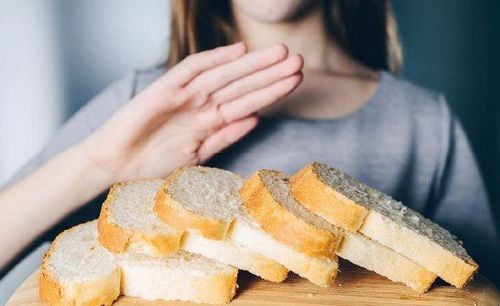
Hạt diêm mạch hỗ trợ người mắc bệnh Celiac
5. Side effects of eating quinoa Quinoa is generally well tolerated with no side effects reported. Note, do not eat quinoa while taking iron and zinc supplements because phytates can reduce absorption of these minerals. In addition, high oxalate levels can also contribute to kidney stone formation in susceptible individuals. These effects can be reduced by rinsing and soaking the quinoa seeds before cooking.
Quinoa has been shown to be gluten-free, so it should be used in the gluten-intolerant diet to increase its nutritional and antioxidant value. However, the use of quinoa can also leave some side effects. Therefore, when using, you should read carefully how to use and process according to the instructions.
Follow Vinmec International General Hospital website to get more health, nutrition and beauty information to protect the health of yourself and your loved ones in your family.
Please dial HOTLINE for more information or register for an appointment HERE. Download MyVinmec app to make appointments faster and to manage your bookings easily.
Reference source: healthline.com




